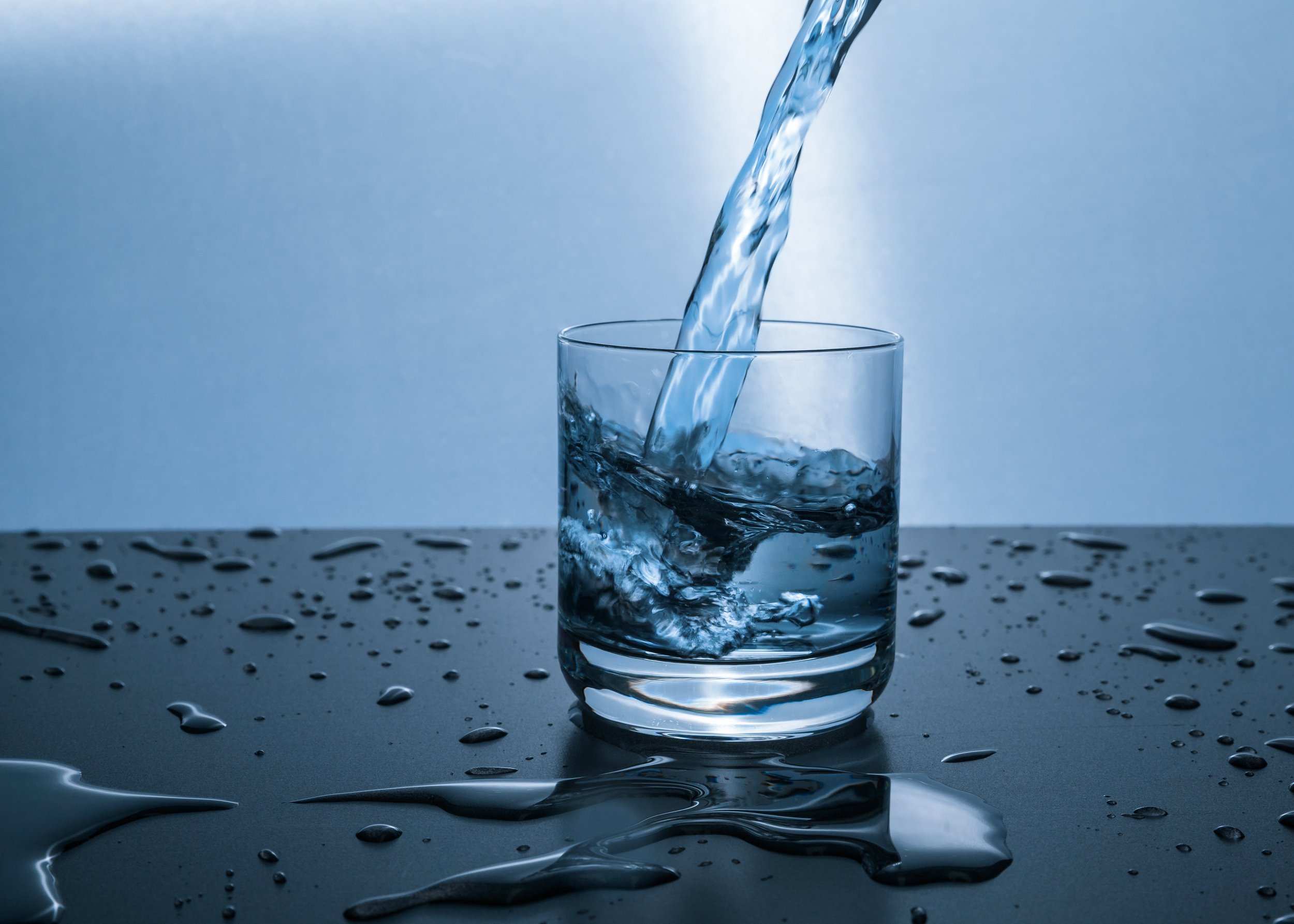Sediment Prefilters
In order to fully and effectively filter all water coming into your home, you may decide to invest in a UV disinfection system. These systems use UV-C light to disinfect water, but in order for the light to reach all the water, it must have a certain level of clarity. Many things can cause water to become cloudy or unclear, such as minerals, particles, and even chemicals used to treat water in plants. The ideal water quality for UV disinfection is as follows:
· Turbidity< 1 NTU
· Suspended Solids < 10 ppm
· Color – None
· Total Iron < 0.3 ppm
· Manganese < 0.05 ppm
· Hardness < 7 gpg (120 ppm)
A simple and inexpensive way to reach these conditions is to install a sediment prefilter. Prefilters come in the form of simple filter housings with replaceable cartridges. Many people refer to them as “big blue” filters, despite the fact that they are not all blue. They are typically available in 10” and 20” lengths with 1” or smaller inlets/outlets and 2-1/2” or 4-1/2” diameters. These filters are extremely easy to install and often come in kits with all the necessary tools, fittings, and a few replacement filter cartridges.
Installing Sediment Prefilters
While installation of a big blue prefilter is relatively easy, you must do it in the correct order. The prefilter must be placed after the water source but before the UV sterilizer. However, if you have a water softener as well, that should be placed before the prefiltration unit. The order should be water source -> water softener -> prefilter -> UV sterilizer.
Regardless of brand, most big blue style filters mount the same way. A 90-degree metal bracket attaches to the lid of the filter and the wall next to it. These prefiltration housings take up a small amount of space and create no wastewater! This does mean, however, that you will need to periodically replace filter cartridges. Luckily, they are not expensive.
Choosing a Filter Cartridge
Several different types of cartridges exist for prefilters, all with different capabilities and specialties. Cartridge filters are all available in a wide range of sizes and micron ratings. The primary differences are in their construction. Pleated filters are designed with a huge amount of outer surface area, with many angles and folds. This makes them ideal for catching large debris.
String wound cartridges have filter media made of a long, yarn-like string. This string is wound in a complex pattern around a central core. Debris is caught in the many layers of string. A third common variety is the spun depth filter. These filters consist of dozens of layers of a slightly perforated sheet wrapped around a core. Debris gets caught in the perforation somewhere among the filter’s many layers.

